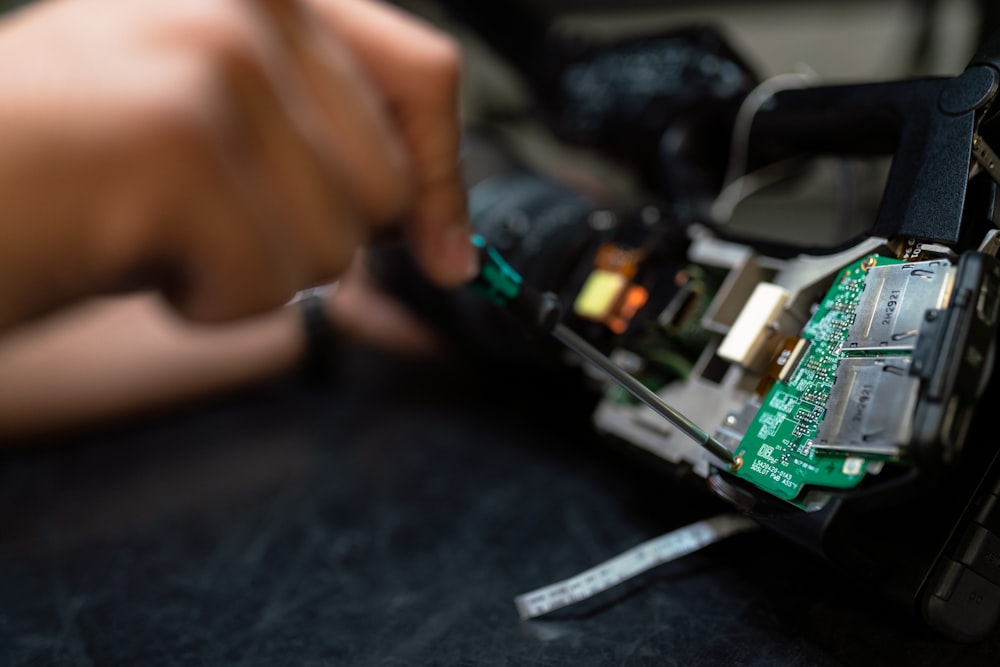The AI Revolution in Plastic Design
Predicting Heat Resistance for a Greener Future
Why Vicat Temperature Matters in Our Daily Lives
The Softening Point Enigma
Unlike metals, thermoplastics like BioHDPE don't melt abruptly. Instead, they gradually soften—a process dictated by molecular structure, additives, and processing history. The VST provides a standardized benchmark for this transition.
- Polypropylene (PP) softens at 150–160°C (ideal for automotive parts)
- Recycled HDPE may soften 20°C lower than virgin material 7
Sustainability Imperative
BioHDPE—derived from plant sources like sugarcane—promises a lower-carbon alternative to petroleum-based plastics. However, its thermal stability varies widely based on fillers like date palm fibers (Phoenix dactylifera L.) or recycled PVC 4 . Optimizing this requires understanding how every additive shifts the VST.
Recent advances in machine learning are enabling researchers to predict how different additives will affect the thermal properties of bio-based plastics, potentially reducing development time from months to days.
The challenge lies in the complex interactions between molecular weight distributions, filler types, and processing conditions that collectively determine the final material properties.
How Machine Learning Cracks the Polymer Code
The Data Hunger Games
AI models thrive on vast datasets linking material composition to thermal performance. Recent studies have compiled libraries of:
- Molecular weight distributions
- Filler types (e.g., PET, PVC, natural fibers)
- Processing conditions
- Experimental VST results 6
| Input Feature | Impact on VST | Data Source |
|---|---|---|
| Molecular weight | ↑ Weight → ↑ VST (stronger chains) | Gel permeation chromatography |
| Bio-additive % | Variable (e.g., date palm ↑ ash residue) | Thermogravimetric analysis (TGA) |
| Recycled plastic ratio | ↓ VST (chain degradation) | Spectroscopy + mechanical testing |
| Heating rate during test | Faster rates → ↑ Apparent VST | ASTM D1525/ISO 306 test logs |
Algorithm Showdown: Which AI Wins?
Four machine learning (ML) approaches dominate VST prediction:
1. Artificial Neural Networks (ANNs)
- How they work: Mimic brain neurons with interconnected layers that "learn" nonlinear relationships.
- Performance: Reigning champion, achieving near-perfect correlation (R² = 0.9999) in predicting asphalt properties—a proxy for polymer behavior 2 .
- Drawback: "Black box" nature makes molecular insights elusive.
2. Random Forest (RF)
- How they work: Build hundreds of decision trees and average their predictions.
- Performance: Excels with smaller datasets (R² = 0.88 for thermal decomposition) 6 .
- Edge: Identifies key influencers (e.g., bitumen content > filler type).
3. Support Vector Machines (SVMs)
- How they work: Map data into high-dimensional space to find optimal boundaries.
- Best for: Small, high-dimensional datasets 6 .
4. Gaussian Process (GP) Models
- How they work: Use probability to predict uncertainties.
- Advantage: Quantifies reliability of each prediction 2 .
| Model | Prediction Speed | Interpretability | R² (Avg) | Best For |
|---|---|---|---|---|
| ANN | Slow | Low | 0.999 | Complex polymer blends |
| Random Forest | Fast | Medium | 0.88 | Feature importance ranking |
| SVM | Medium | Medium | 0.82 | Small datasets |
| Gaussian Process | Very slow | High | 0.79 | Uncertainty quantification |
Spotlight Experiment: Cornell's PEPPr Model for BioHDPE Customization
In a groundbreaking 2025 study, Cornell researchers unveiled PEPPr (PolyEthylene Property Predictor)—an ML framework that links BioHDPE's molecular weight distribution to its VST and melt viscosity .
Step-by-Step Methodology:
- Data Generation:
- Synthesized 150+ BioHDPE samples with varying chain lengths and bio-additives (date palm, recycled PVC).
- Measured VST via ISO 306 Method A50 (10N load, 50°C/h heating) 1 .
- Model Training:
- Fed molecular data into a deep neural network (DNN) with 4 hidden layers.
- Optimized using "error-correction" to sequentially refine predictions.
- Validation:
- Compared predicted vs. actual VST for 30 unknown samples.
- Tested inverse design: Input desired VST → output optimal polymer formula.
Results That Change Everything:
- PEPPr predicted VST within ±2°C of experimental values.
- Identified "sweet spots" where 10–15% date palm filler boosted VST by 12°C without compromising toughness.
- Enabled recycling innovation: Blending 40% recycled HDPE with bio-additives restored VST to virgin-grade levels .
| Sample Type | VST Actual (°C) | VST Predicted (°C) | Error (%) |
|---|---|---|---|
| Virgin BioHDPE | 132.1 | 131.7 | 0.30 |
| BioHDPE + 10% date palm | 142.3 | 141.5 | 0.56 |
| BioHDPE + 30% recycled HDPE | 121.9 | 123.2 | 1.06 |
| BioHDPE + 15% PVC filler | 127.5 | 128.1 | 0.47 |
The Scientist's Toolkit: Essential Resources for VST AI Research

The Future: Smarter Plastics, Cleaner Planet
AI-driven VST prediction is more than a lab curiosity—it's accelerating the shift toward sustainable plastic economies:
Lightweighting
Precisely tuned BioHDPE could reduce material use by 15–30% .
Recycling 2.0
PEPPr-like models enable "upcycling" of waste plastics into high-VST materials .
Rapid Prototyping
New bio-composites can now be designed in days instead of months.
"We can develop these models for any commercial polymer. This is a general key to tune properties and close the plastic lifecycle loop."
The marriage of AI and polymer science isn't just predicting softening points—it's hardening our resolve against environmental waste.
For further reading, explore ASTM D1525/ISO 306 standards or Cornell's PEPPr model in the Journal of the American Chemical Society (2025).
